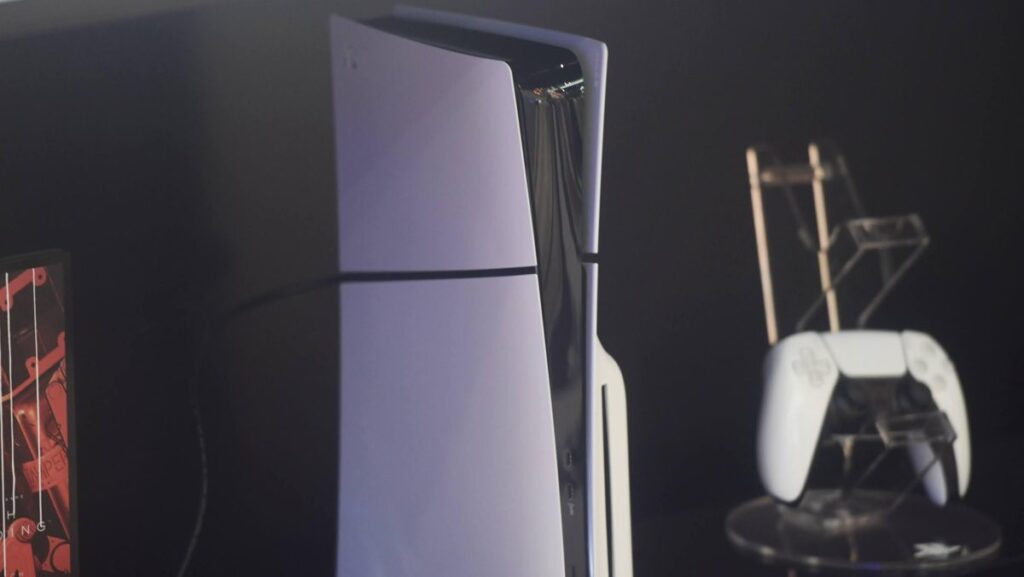
The PlayStation 5, Sony’s flagship gaming console, has seen a surge in its retail price, leaving consumers and industry analysts questioning the reasons behind the increase. The answer lies in a hefty tariff bill that Sony incurred in the third quarter, amounting to nearly $200 million. This financial burden has significantly impacted the company’s pricing strategy for the PS5.
The announcement comes as Sony grapples with ongoing supply chain challenges and geopolitical tensions that have led to increased tariffs on imported goods. These factors have combined to create a perfect storm, forcing the company to adjust its pricing to maintain profitability.
The Tariff Impact on Sony’s Bottom Line
According to financial disclosures, Sony’s Q3 tariff expenses reached an unprecedented $200 million, a substantial increase from previous quarters. This rise in costs is largely attributed to the tariffs imposed on electronic components imported from China, where a significant portion of the PS5’s hardware is manufactured.
Industry experts note that these tariffs are part of broader trade tensions between the United States and China, which have seen tariffs on a range of goods fluctuate over recent years. The impact on Sony is particularly acute given the company’s reliance on Chinese manufacturing for its gaming consoles.
“The tariffs have created a challenging environment for companies like Sony that depend heavily on international supply chains,” said Mark Thompson, a technology analyst at TechInsights.
Historical Context and Industry Comparisons
This development follows a historical pattern of trade disputes affecting consumer electronics. In the past, companies like Apple and Samsung have also faced similar challenges, navigating tariffs and supply chain disruptions while trying to keep consumer prices stable.
Meanwhile, competitors in the gaming industry, such as Microsoft with its Xbox series, have also been affected by these economic pressures. However, Microsoft’s diversified manufacturing base has allowed it to mitigate some of the impacts seen by Sony.
According to sources within the industry, Sony’s decision to increase the PS5’s price is a strategic move to offset these additional costs, ensuring that the company can continue to invest in future product development and innovation.
Expert Opinions and Market Reactions
Analysts suggest that while the price hike may dampen consumer enthusiasm in the short term, the PS5’s strong brand loyalty and exclusive game titles will likely sustain its market position. The move represents a calculated risk by Sony to balance financial stability with consumer satisfaction.
“Sony’s decision to raise prices is not taken lightly. They are aware of the potential backlash but also understand the necessity of maintaining their financial health to support future growth,” commented Lisa Nguyen, a market strategist at GlobalData.
The gaming community has expressed mixed reactions, with some consumers voicing frustration over the increased cost, while others acknowledge the broader economic factors at play. Social media platforms have become a battleground for debates on the fairness of the price adjustment.
Looking Ahead: Implications for the Gaming Industry
The move to increase PS5 prices could set a precedent for other companies facing similar pressures. As global trade dynamics continue to evolve, the gaming industry may see further adjustments in pricing strategies to accommodate these changes.
In the long term, companies may explore alternative manufacturing locations or negotiate trade agreements to alleviate the impact of tariffs. For consumers, this could mean a shift in the availability and pricing of gaming consoles and related products.
As Sony navigates these challenges, the company’s focus will likely remain on delivering high-quality gaming experiences while managing the financial implications of global trade policies. The next steps for Sony will involve careful monitoring of geopolitical developments and strategic planning to maintain its competitive edge in the gaming market.





